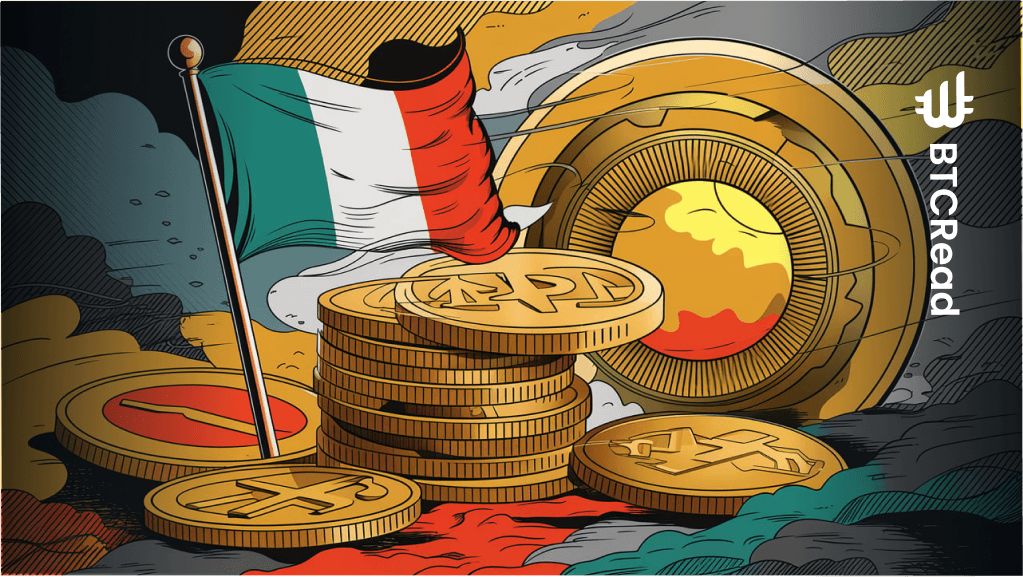Governor Fabio Panetta announced on July 9 that the Bank of Italy will soon release guidelines on implementing new European Union crypto rules. Speaking at the Italian Banking Association, Panetta said the guidelines aim to facilitate the application of the EU’s Markets in Crypto-Assets Regulation (MiCA) and protect cryptocurrency holders.
Panetta highlighted the risks linked to digital assets, especially stablecoins and unsupported cryptocurrencies like Bitcoin (BTC) and Ethereum (ETH). He warned that inadequate regulation could expose stablecoins to “redemption runs” in case of confidence loss. Unsupported crypto assets, lack intrinsic value or income potential, were compared to high-stakes speculative agreements.
The governor stressed that cryptocurrencies lack the essential qualities of traditional money, serving as mediums of exchange, stores of value, and units of measurement. He cautioned about the potential rise in crypto ownership, particularly in developing economies, even though it remains limited among uninformed investors.
Regulatory framework for crypto tokens
MiCA, set for full adoption this year, introduces a regulatory structure for various digital tokens. It sets out criteria for electronic money tokens (EMTs) and asset-referenced tokens (ARTs), recognized as stablecoins. Nevertheless, unsecured crypto assets and utility tokens encounter limited supervision under the updated regulations.
Panetta emphasized the preference for EMTs issued by banks and Electronic Money Institutions as a secure form of payment to uphold public trust. He advised cautious handling of ARTs, highlighting the risks associated with their value fluctuations and limited redemption options.
The Bank of Italy and Consob, Italy’s financial regulatory body, will supervise the enforcement of MiCA within the nation. Panetta highlighted the necessity for crypto operators to enhance their expertise. Additionally, the regulatory mechanisms to adhere to anti-money laundering policies and global sanctions.







